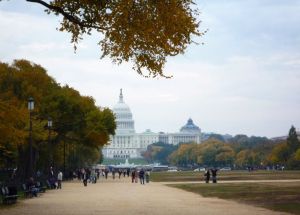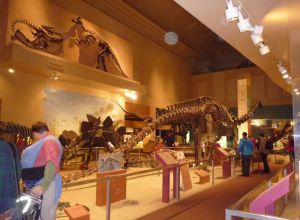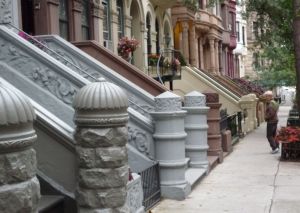
Just like no one likes a sore loser, no one likes a cocky winner! But, allow me the relief a good shout of victory brings.
We have won our battle against Parallel Importation of Books in a resounding victory – this morning the ALP Cabinet and Caucus decided not to follow the Productivity Commission’s recommendations to scrap them.
Many in the publishing industry have been part of this battle, and we at the SAVING AUSSIE BOOKS blog campaign have been bouyed by the support we’ve received from Australian book lovers, including teachers, librarians, parents and grandparents.
The SAVING AUSSIE BOOKS campaign began last June in reaction to the pro-Parallel Imports push by some booksellers and the Productivity Commission.
We were mainly children’s authors in the SAVING AUSSIE BOOKS blog group and our main concern was the future threat to the integrity of Australian children’s books and their authors and illustrators. See previous blogs on this site.
So, we celebrate our victory for young Australian readers of the future, and hopefully also those from other countries who will have the chance to read authentic Australian books.
Authors can breathe easier, for a while at least, until the next push comes from those who want to change the status quo. There are still many issues the Australian publishing industry must face in the future – like e-bo0ks, and further globalisation. Hopefully, sense will prevail as the industry tackles those challenges.
We long for the day when authors, artists and musicians are valued in this country and we don’t have to rely on royalties of 10% per book (if we’re lucky). Maybe we need what the French are doing?
Now we at Saving Aussie Books campaign can return to stories that need to be written … those indignant manuscripts that sat in files while the battle raged.
NOTE: I’ve talked to lots of people outside the publishing industry about this issue over the past year, and do you know what outraged them the most about the parallel import threat? It was the threat of Australian children’s books being sold in this country from overseas publishers where Mum had been changed to Mom .

















